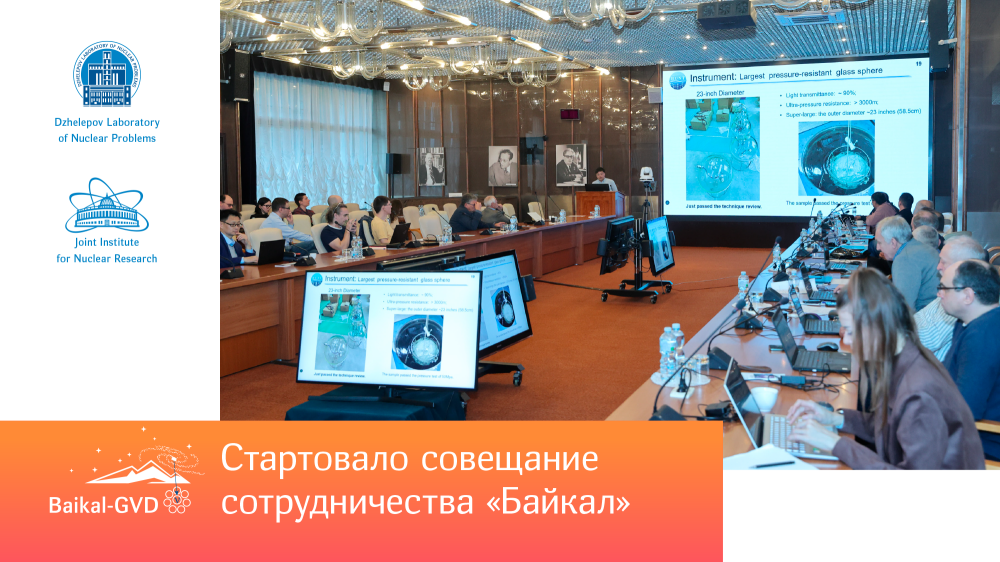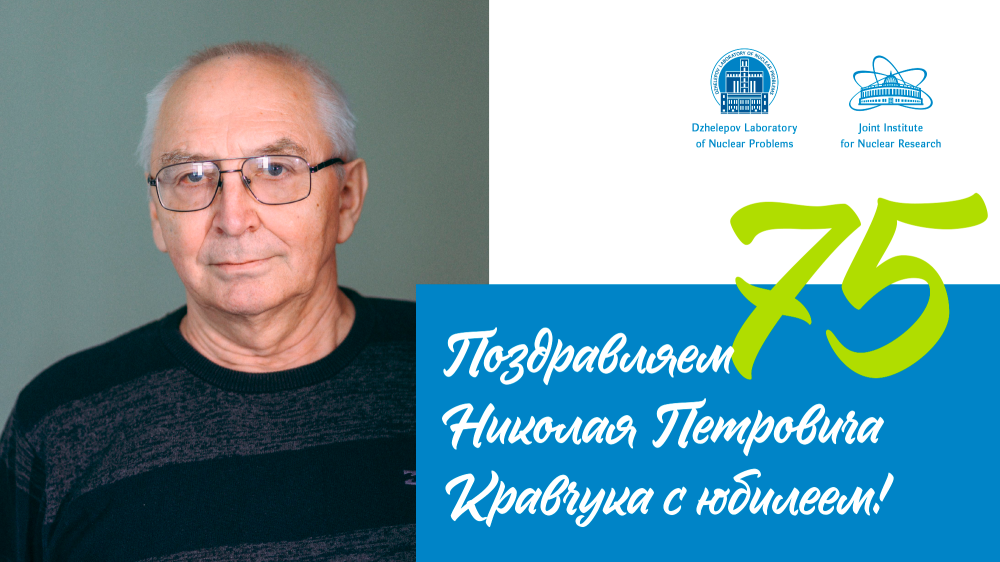Konstantin Gusev "Double Beta Decay Study in the GERDA/LEGEND and SuperNEMO Experiments"
GERDA uses 35.6 kg of germanium detectors, enriched in 76Ge. GERDA is the first-ever background-free double beta experiment due to the unprecedented background index of 0.0005 counts / (keV kg yr). The data taking in the GERDA experiment has been finished recently, and the transition phase to LEGEND, a next-generation project, got underway. In the first phase of LEGEND (LEGEND-200 or L-200), we are going to immerse up to 200 kg of enriched germanium detectors in the modified GERDA cryostat. At the seminar, the experimental facilities were briefly described, as well as the final GERDA results of the 0νββ search on 76Ge received in 2020. The best world half-life limit of > 1.8*1026 yr has been set.
SuperNEMO is a double beta decay experiment based on the unique tracking plus calorimetry technology, which was successfully used in the predecessor, the NEMO-3 experiment. The NEMO-3 accurately measured the half-lives of the 2νββ decay and set the limits of the 0νββ decay for seven isotopes: 48Ca, 82Se, 96Zr, 100Mo, 116Cd, 130Te and 150Nd. The SuperNEMO goal is to search for the 0νββ decay of 82Se with a sensitivity of T1/2 ~ 1026 yr corresponding to neutrino effective mass < (0.04 – 0.10) eV. The construction of the first SuperNEMO module, called the Demonstrator, is approaching its completion at the Laboratoire Souterrain de Modane (LSM). The Demonstrator is dedicated to prove the efficiency and scalability of the technology since a few hundred kg of isotopes have to be measured at the later stages. Finally, the important ability of the SuperNEMO approach to investigate the ββ-decay of almost any isotope can be used to explore promising candidates with high decay energies, such as 48Ca, 96Zr and 150Nd (in case more effective and cheap enrichment methods become feasible).
(With reference to the prolongation of the GERDA and SuperNEMO projects)







